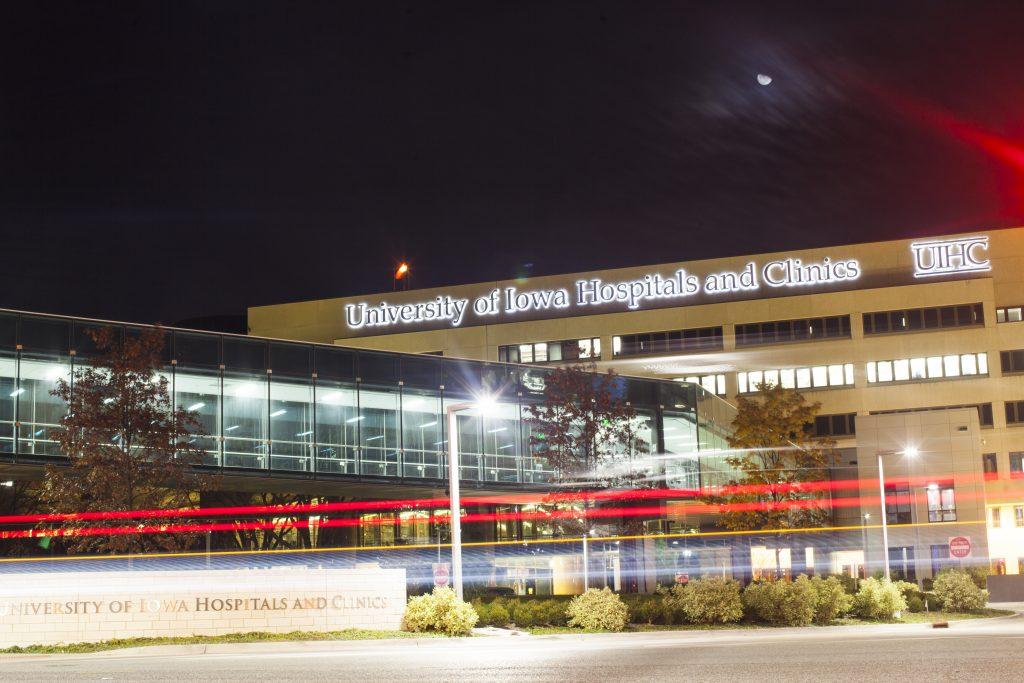For Iowans, making better lifestyle choices may be as essential in the fight against cancer as researchers develop more effective treatments for the disease.
That’s what local researchers and doctors suggest following the release of the 2018 Cancer in Iowa report. The report, which is prepared annually by the University of Iowa College of Public Health, has found that the number of new cancer diagnoses are on the rise in the state even as cure rates improve.
“The estimate from this year is that there will be 17,800 new cancers diagnosed in Iowa, a little higher than last year,” said Mary Charlton, a UI assistant professor of epidemiology.
She said lifestyle factors such as obesity and smoking may shoulder much of the blame for the increasing numbers.
“We’re not seeing lung cancer come down as much as anticipated, and that is probably a reflection of that the rate of decline of smoking in Iowa is slowing down,” she said.
Additionally, the report found that obesity-related cancers account for 40 percent of all cancer cases.
“It’s certainly a prevalent issue in every state,” Charlton said. “But Iowa has the 13th-highest obesity rate in the nation, so we’re at a bit higher risk than most other states.”
According to the report, at least 13 different types of cancer are obesity-related, with post-menopausal breast cancer and colorectal cancer being the most common.
George Weiner, the director of UIHC Holden Comprehensive Cancer Center, said obesity is thought to raise cancer risks by increasing inflammation and levels of estrogen and insulin, hormones that are implicated in certain types of the disease.
“It’s a little hard to parse out specifically what the changes of rates of cancer are due to in our society — how we eat, how much sun we get, things like that,” he said. “We can’t say the changes we’re seeing are solely due to obesity itself. But I think the data are very strong that there’s a very strong link between some cancers — not all cancers — and obesity.”
Andrew Nish, a Des Moines-based radiologist, said agricultural practices may be another potential cause of cancer of specific interest to Iowans.
“Glyphosate — better known as Roundup — has been classified as a probable carcinogen by the World Health Organization, and we use thousands of tons of glyphosate on our fields,” he said. “So, I think we have a real particular interest in looking at environmental issues in Iowa, not only obesity and lifestyle issues.”
Although the herbicide has been linked to blood cancers such as non-Hodgkin’s lymphoma, leukemia, and multiple myeloma, Nish said that it is unclear whether rates of these cancers are higher in Iowa compared with other states. As did Charlton and Weiner, he said obesity was likely a major factor driving the state’s cancer rates.
“As we continue to see increased rates of obesity, we’re seeing increased rates of cancer,” he said. “If we’re looking at cancer control, then we have to look at obesity control in this country as well.”
Weiner agreed that improving Iowans’ lifestyle choices is a crucial element in combating the disease.










